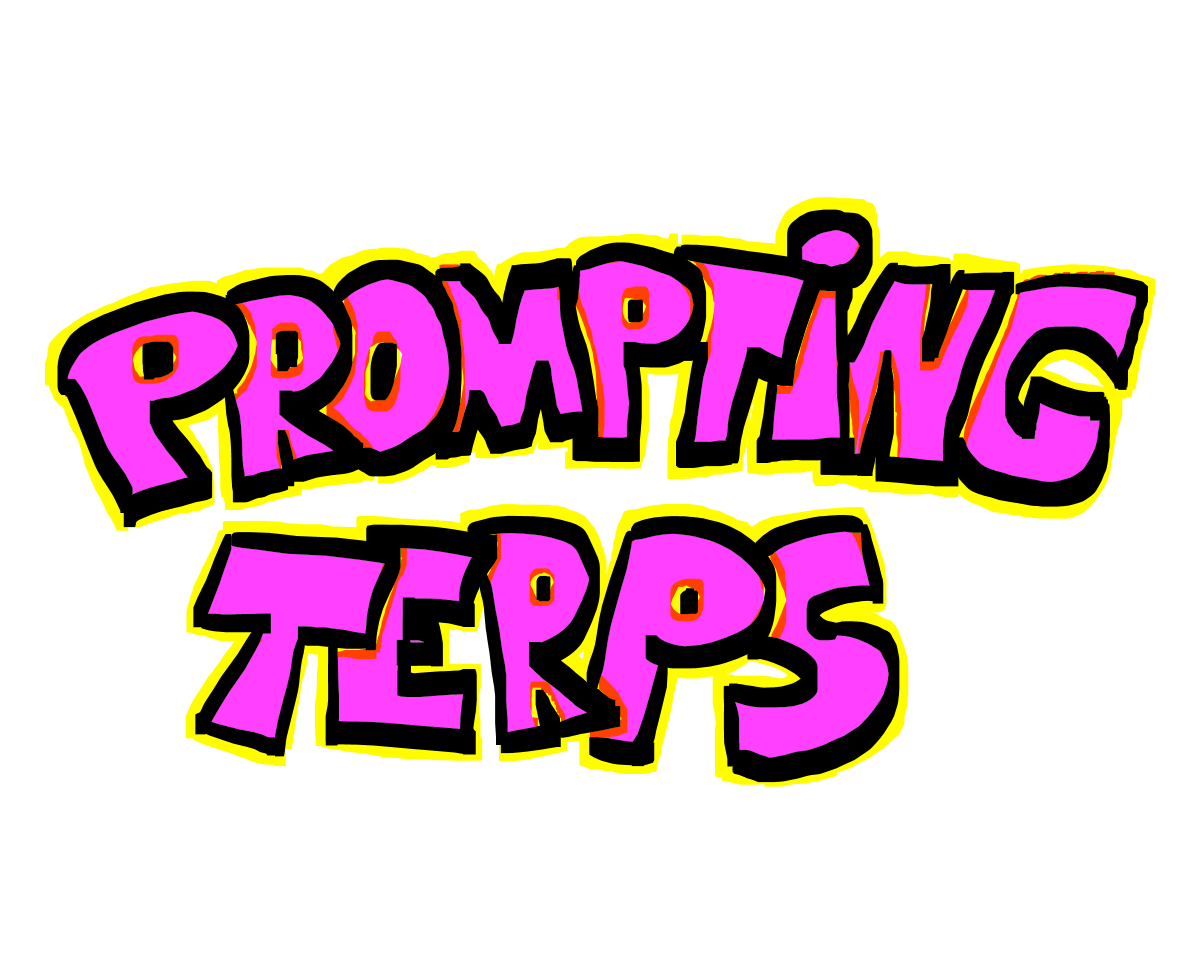This year, both myself and my students at MAKD were quite inspired when it came to using AI to generate creative interpreting exercises. So I thought I might share some examples for other interpreting students, teachers, and professionals to use. And of course, feel free to share other examples of AI-supported exercises for student interpreters in the comments section below!
—
Create a bilingual songtext to learn French idioms by Jo Amo Krischel
Bitte schreibe mir einen Liedtext zu diesen französischen Redewendungen. Verfasse so, dass immer die zweite Strophe die deutsche Übersetzung der vorherigen ist. Versuche, bei der Übersetzung ein gutes Pendant zur französischen Redewendung zu finden. Achte darauf, dass die Verse sich reimen. Der Text sollte feministisch und queer sein (adjust according to your preferences). Gib mir anschließend Akkordvorschläge für die Gitarre (oder eine Melodiestruktur).
à l’oeil nu
à vue d’oeil
ajouter son grain de sel
appeler un chat un chat
apprendre par coeur
…
[Please write a song text for these French idioms. Make sure the second verse is always the German translation of the previous French one. Try to find good equivalents to the French idioms when translating. Make sure the verses rhyme. The text should be feminist and queer (adjust according to your preferences). Then give me chord suggestions for the guitar (or a melody structure).]
ChatGPT came up with some fun and cute ideas, containing the occasional mistake and some awkward bits.
—
Creating cloze text to practice idiomatic expressions by Eduard Kramme
Analysiere den folgenden Text (z.b. Artikel, Rede, Transkript) im Hinblick auf fachspezifische und idiomatische Ausdrücke sowie typische adjektivische Muster.
Extrahiere fünf idiomatisch einsetzbare Ausdrücke, davon mindestens drei verbale Konstruktionen oder feste Verbindungen mit Verben, die in der Dolmetschpraxis nützlich sind.
Verwende sie sodann in einem kurzen Anwendungstext (ca. 100 Wörter) sinnvoll und kohärent.
Erstelle abschließend inhaltlich voneinander abweichend einen Lückentext mit denselben Ausdrücken, die durch passende Lücken ersetzt sind. Füge eine korrekte Lösungsliste bei.
(Achte auf inhaltliche Korrektheit des Lückentextes und verzichte auf doppelte Listung der Ausdrücke.)
[Analyse the following text (e.g. article, speech, transcript) with regard to subject-specific and idiomatic expressions as well as typical adjective patterns.
Extract five idiomatic expressions, at least three of which are verbal constructions or typical combinations containing verbs that are useful in interpreting practice.
Then use them in a short sample text (approx. 100 words) in a meaningful and coherent manner.
Finally, create a cloze text of different content, but containing the same five expressions, which are replaced by the corresponding gaps. Attach a correct list of solutions.
(Make sure the content of the cloze text is correct and avoid duplicating expressions in the list.)]
This was the speech to be analysed, and here’s the cloze text generated by Chat GPT:
When comparing the extracted expressions and created cloze texts from Chat GPT, DeepSee, Copilot, Gemini, Claude, and Perplexity, Edu found out that Gemini didn’t work at all, Claude had the best design, and ChatGPT and DeepSeek produced the most satisfactory overall results.
—
Practicing numbers
Erstelle mir 20 Sätze mit Zahlen von 1 bis 80.000 auf Deutsch. (suggested by Laura Viviani)
Donne-moi 20 phrases sur le colonialisme numérique. Chaque phrase doit contenir au moins deux chiffres, et inclure une référence à la source de l’information. (worked great with DeepSeek)
—
Generate a script to read out for practicing multilingual debate including specific terminology
Prompt to DeepSeek:
I need a script for a mock political discussion. It will be used for students in conference interpreting to practice interpreting multilingual events.
#Total length of the discussion: 3000 words
#Style: heated political debate.
#Participants: 1. moderator, German-speaking, named Astrid. Level-headed and friendly. 2. French-speaking panellist named Francois, pro-european and egalitarian, a bit emotional about European history. 3. English-speaking panellist named Audrey. Conservative and anti-European, thinking that the EU interferes too much in national affairs. 4. Spanish-speaking panellist named Paco, a bit in-between, proud of his nationality and also dependant on EU support.
#Topic: The European Union – too much or too little power?
#Words that should be mentioned: directive, regulation, fishery, legislative procedure. #length of each intervention: 2-10 sentences, with variations in length.
#The panellists all speak their respective mother tongues.
This worked great. The system would just sometimes stop mid-debate, so that I had to keep insisting I needed the whole 3000 words. Including terminology sometimes produced slightly awkward results, even if the terms were very obvious, like directive or regulation. Other than that, we had great fun with the text EU debate DeepSeek created, feel free to use it! Obviously, reproducing stereotypes is something AI is good at by design.
——————-
I hope you enjoy playing around with AI for interpreting practice as much as I do. Feedback and suggestions always welcome!
——————-
About the author:
Anja Rütten has specialised in tech, information and terminology management since the mid-1990s. She holds a professorship in interpreting studies and Computer-Aided Interpreting at the Cologne University of Applied Sciences.
——————-
Disclaimer:
Views or opinions expressed are solely my own and do not express the views or opinions of my employer.



Leave a Reply